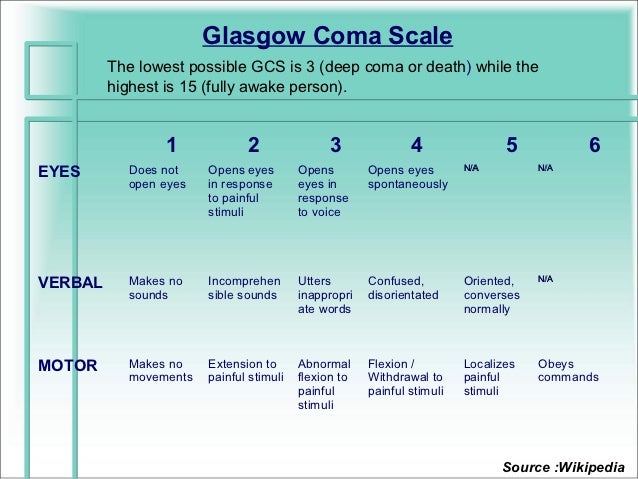

For example, in the case of myopia, the correction is to reduce the power of the eye's refraction by a so-called minus lens. Refractive errors can mostly be corrected by optical means (such as eyeglasses, contact lenses, and refractive surgery). Other optical causes of low visual acuity include astigmatism, in which contours of a particular orientation are blurred, and more complex corneal irregularities. Normal refractive power is referred to as emmetropia. A similar poorly focussed retinal image happens when the combined refractive power of the cornea and lens is too low for the length of the eyeball except that the focused image is behind the retina, yielding hyperopia. When the combined refractive power of the cornea and lens is too high for the length of the eyeball, the retinal image will be in focus in front of the retina and out of focus on the retina, yielding myopia. Causes of refractive errors include aberrations in the shape of the eyeball or the cornea, and reduced ability of the lens to focus light. This ability is compromised in people with hyperopia, also known as long-sightedness or far-sightedness.Ī common optical cause of low visual acuity is refractive error (ametropia): errors in how the light is refracted in the eyeball. Another visual acuity is near acuity, which describes someone's ability to recognize small details at a near distance. This ability is compromised in people with myopia, also known as short-sightedness or near-sightedness. The most commonly referred-to visual acuity is distance acuity or far acuity (e.g., "20/20 vision"), which describes someone's ability to recognize small details at a far distance. Neural factors include the health and functioning of the retina, of the neural pathways to the brain, and of the interpretative faculty of the brain. Optical factors of the eye influence the sharpness of an image on its retina.

Visual acuity depends on optical and neural factors. Visual acuity ( VA) commonly refers to the clarity of vision, but technically rates a person's ability to recognize small details with precision. A typical Snellen chart that is frequently used for visual far acuity testing.


 0 kommentar(er)
0 kommentar(er)
